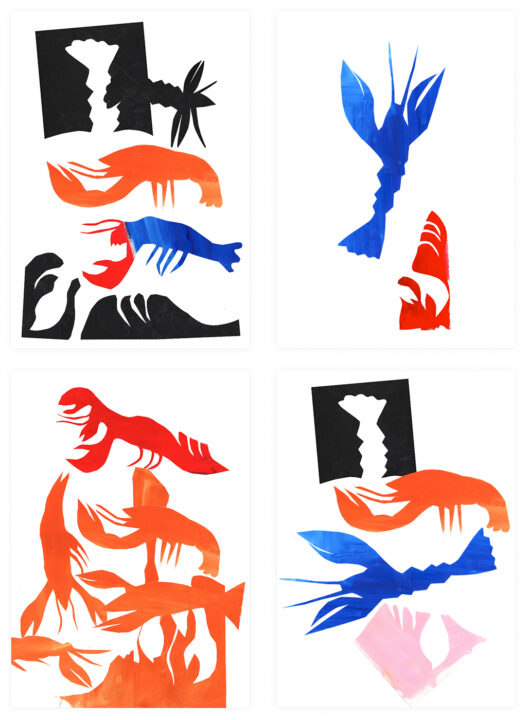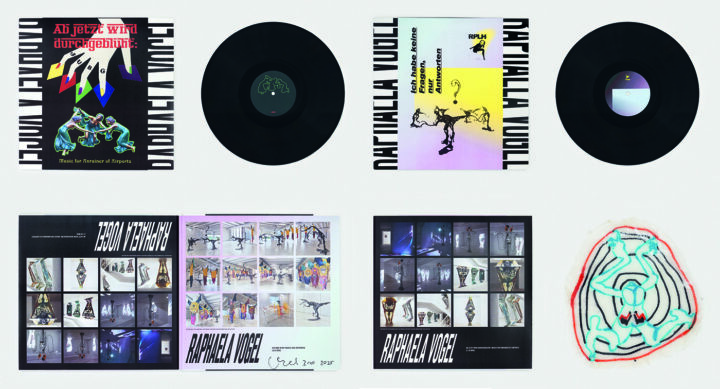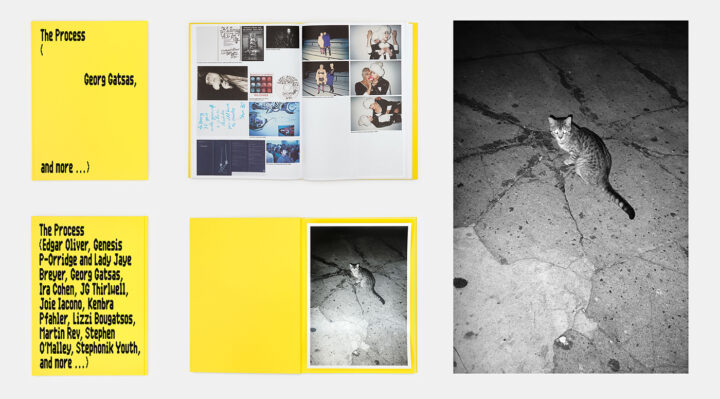
Dear Friends of JUBG,
As the year comes to a close, we want to take a moment to say thank you.
Thank you to all the artists, curators, collectors and visitors who made this year such a rich and inspiring one for JUBG. From memorable exhibitions like OSRAM, which became the final exhibition of Sven-Åke Johansson — a moment we feel deeply grateful to have shared — to Merlin Carpenter’s Polite, Wolfgang Voigt’s Lovely Ugly Brutal World, Raphaela Vogel’s Ab jetzt wird durchgeblüht: Music for Anrainer of Airports to our final exhibition of the year, Reena Spaulings’ Keep On Truckin’ — you’ve made this year truly special. 2025 also included our participation at Art Düsseldorf 2025 with works by Andreas Breunig, André Butzer, Milena Büsch, Hedwig Eberle, Kim Gordon, Cameron Jamie, Sven-Åke Johansson, Yuji Nagai, Joe Neave, Matthias Schaufler, Jana Schröder, Dennis Tyfus and Josef Zekoff, as well as our first participation at Liste Art Fair Basel with a presentation of works by Georg Gatsas. A special project was our new exhibition format Neu Coeln, which we hosted during Art Cologne in November, together with Cherry Hill, Nora Langen and Arjan Stockhausen. We are deeply grateful for every encounter, conversation and shared moment.
At the end of this year, we will be leaving our current space after five years. While saying goodbye to these rooms is not easy, we are happy that new projects are already taking shape, and JUBG will continue its journey.
Looking ahead, the future feels open, dynamic and full of possibilities — several exciting exhibitions are already in the planning stages, and we can’t wait to share more with you soon.
Thank you for your continued support, trust and love — it truly means everything to us.
Stay tuned, stay connected…
Wishing you a warm and restful holiday season,
Jens-Uwe, Alexander and Albert

JUBG Edition by Reena Spaulings
4 unique motifs, Holiday, Flight, Ruckus, Apartment, 2025, fine art print on 190 g/m² satin paper, each 84,1 x 59,4 cm, signed, dated, numbered certificate, edition of 15 + 5 AP.
Edition set of all 4 motifs No. 1-5 / 15 + 5 AP for 700 € (exclusive VAT + shipping)
Each motif No. 6-15 / 15 + 5 AP for 200 € (exclusive VAT + shipping)

Ab jetzt wird durchgeblüht: Music for Anrainer of Airports / Ich habe keine Fragen, nur Antworten, 2025, 12” Vinyl LP + unique artwork, signed, dated, numbered, edition of 10 + 5 AP.
400 € (exclusive VAT + shipping)

JUBG Edition by Georg Gatsas
Artist book The Process, 144 Pages, 561 four-color process printing plates, 31 x 22,5 cm, with an essay by Ethan Swan. Limited edition to 500 copies. Graphic Design by Dorothee Dähler, Kaj Lehmann. Published by light-years. + Special edition print: Cat, 2006 / 2025, silver gelatin print, 30 x 20 cm, signed, dated, numbered, edition of 15 + 5 AP.
Book + print 200 € (exclusive VAT + shipping)
